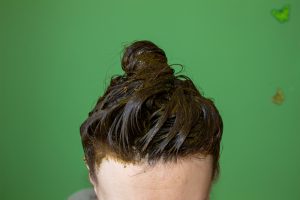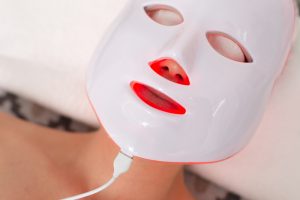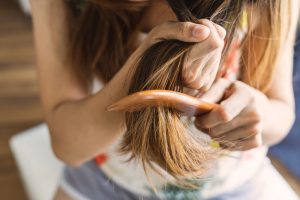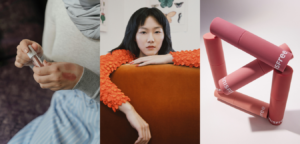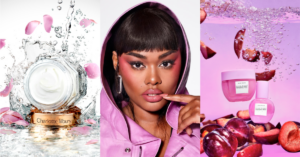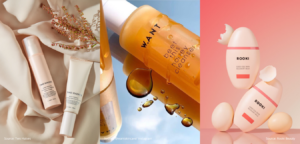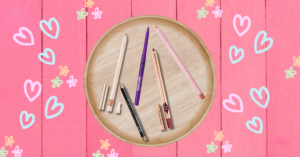Makeup
Your Makeup Bag Has More Bacteria Than a Toilet Seat — Here’s What to Do
Sorry to gross you out, but research published in the Journal of Applied Microbiology found that 9 out of 10 makeup bags...
By: Dedet Panabi / February 23, 2020

Sorry to gross you out, but research published in the Journal of Applied Microbiology found that 9 out of 10 makeup bags have dangerous bacteria like e. ecoli, staphylococci and mold. These super-bugs can cause anything from acne to food poisoning — plus, they’re really, really gross.
And wait, there’s more. Research also found that beauty blenders and other makeup sponges can harbor more bacteria than a public toilet. At least toilets are cleaned every day, but surveys found that 93% of makeup users rarely wash their sponges — even after dropping them on the floor.

The Journal of Applied Microbiology examined 467 cosmetics and found that 77% of eyeliners, 69% of mascaras, 56% of lipsticks and 55% of lip glosses all contained dangerous staphylococcus.
Contents
Why your makeup bag is a germ hotel
Perfect breeding conditions. Bacteria love moist environments. Many of us store sponges while they’re still damp, or have traces of creams from foundations, lipsticks or blushes.
Skin-to-product contact. It’s like double-dipping chips in dip. You transfer bacteria from your face to your makeup tools, which transfer it to the products. Then, the bacteria breeds and you transfer it back to your face.
Plus, lip brushes and lipstick transfer bacteria from our saliva. Using a dirty lip brush to reapply lipstick is pretty much like licking an old plate that hasn’t been washed for weeks.
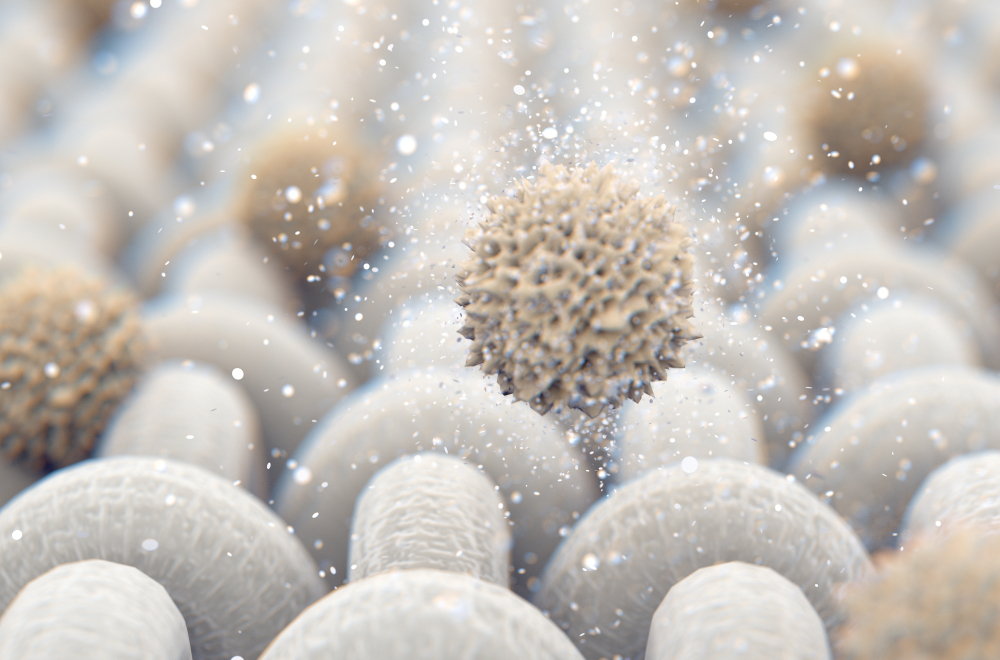
Humid storing conditions. We usually apply makeup in the bathroom, and store our makeup tools and products there too. That’s the perfect condition for any bacteria to multiply.
Bad hygiene. When was the list time you washed your makeup bag, wiped down the lids or caps of makeup products, or cleaned brushes or sponges? Do you always use hand sanitizer or wash your hands before reapplying makeup?
Expired makeup products. Even if makeup “looks and smells okay” after the expiration date, its emollients and preservatives may have broken down. That can affect how they look, and how much they attract and harbor bacteria.
Get a makeup cleaner spray
These can’t replace regular deep-cleans, but they can remove residue so you 1) get better colour pay-off between uses and 2) kill bacteria.You can either spray directly on the brush, or spray a generous amount on a small plate or paint palette and rub your brushes against it. Wipe your brushes off with a tissue.
This is very important for brush you use on a creamy product (foundation, cream cheek or brow products, lipstick). Powder brushes don’t need to be cleaned as often, but it still helps to do this so makeup products apply better. Clean brushes pick up powders better, and won’t give you a muddy colour.

Rotate sponges
If you prefer sponges to makeup, then get two or three and then change them after three days. At the end of the week, do a big “”sponge clean” where you soak them in cleansing solution.
Don’t leave makeup sponges to dry on your bathroom counter — the damp sponge will only attract more bacteria. Instead, leave them out to dry in the sun or zap in the microwave for 1 minute. The heat kills bacteria and helps them dry faster.
Wash or wipe your makeup bag twice a month
Use alcohol on plastic or vinyl makeup bags, and launder cloth bags. While you do this, take the opportunity to wipe down your compacts, makeup bottles, and lids with a baby wipe.

Toss expired makeup products
Eyeliner: You can use liquid eyeliners for 4 to 6 months, and pencil eyeliners for up to 2 years
Mascara: 3 months
Powder cosmetics: Powders last longer because they don’t have water where bacteria can grow. However, the quality can deteriorate after 2 years — or even less, if you leave it open or use a damp brush on it
Lipsticks: 12 to 18 months, especially if you apply it (or the wand) directly to your mouth. To slow down expiry, use a lip brush. Or, do what makeup pros do: cut off just what you need into a paint palette, and then use a lip brush to apply to your lips.
Foundation: 12 months for water-based foundation, 18 months for oil-based foundation

